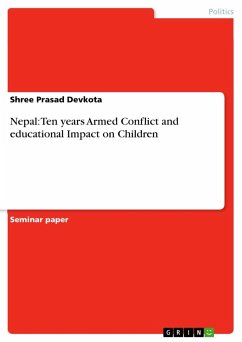Since the September 2001 attacks on the World Trade Center and the Pentagon, the United States has been at war with Al-Qaida. Over the past 10 years, counterterrorism efforts have disrupted its main training facilities and eliminated much of the core leadership structure, including the mastermind Usama Bin Ladin. Despite this, Al-Qaida has proved resilient. While the core leadership has been compromised, regional Al-Qaida offshoots and affiliated Islamist terrorist groups have formed, developed, and become prominent in their own right. To aid in examining and explaining Al-Qaida's trajectory, the Minerva Initiative at Marine Corps University hosted a conference in the spring of 2011, just days before Bin Ladin's demise. The panels at this conference addressed diverse issues such as Al-Qaida's overarching strategy; the degree of control that central Al-Qaida leadership maintains over regional franchises; and the strategies, tactics, successes, and failures in each theater of operation. The resulting papers in Al-Qaida after Ten Years of War contribute to the ongoing and ever-evolving net assessment of Al-Qaida and its future prospects, and they help inform the crafting of a war termination phase with Al-Qaida.
Hinweis: Dieser Artikel kann nur an eine deutsche Lieferadresse ausgeliefert werden.
Hinweis: Dieser Artikel kann nur an eine deutsche Lieferadresse ausgeliefert werden.




![Record of the Roblin Administration [microform]: 1900-1909: Ten Years of Progressive Government Record of the Roblin Administration [microform]: 1900-1909: Ten Years of Progressive Government](https://bilder.buecher.de/produkte/65/65514/65514798m.jpg)



